Notice a trend? Forgive me, but I have weddings on the brain 15/7 (yeah it’s not quite to 24/7 yet, I do sleep and work and let my brain think about a few other things). Anyways, with a long-distance fiance and weekends spent planning out details for a day a year away (11/10/12!) I thought I’d put the romantic daydreams to some other use.
The Kiss by Brancusi is one of my favorite sculptures. Housed in the Nasher Sculpture Center in Dallas, it’s a squatty plaster cast of the original stone carving. The two people seem to be carved from one stone, symbolizing to me how husband and wife become one in marriage. And I love it’s simplicity and how you can see all around them but not their most intimate kiss.
Klimt’s The Kiss is equally sweet and intimate. It’s also so sensual and lavish (I’ll take a gold cape wrapped around me every time I’m embraced, thank you very much).
It’s hard to talk about daydreams and fantastical love without including Chagall, the king of floating bodies, dreamy scenes and flat out random subject matter. La Mariee imagines a bride being fitted with her veil by her groom. A church and small town linger beyond them, while a musician serenades them both. Oh, and there’s a cello-playing goat and a lobster playing the xylophone. Is this the Little Mermaid’s wedding? I’ll probably have some dream along these lines in the next year.
And maybe for our first dance we’ll have our maid and butler keep the rain away as we waltz around a beach. No? Well regardless, I’ve always loved The Singing Butler painting and found it lovely and whimsical. My favorite is the maid whose probably thinking, “Oh, these crazy people. Go dance inside.”
To end on a more sobering note, Grant Wood’s American Gothic. Jonathan jokingly suggested that this is “the way marriage really looks.” Ha. I know he was joking but I think it’s fair to group it with these artworks. Because every relationship is dreamy and intimate and lovely, but it’s also an everyday attitude of “we’re in this together, come what may.”




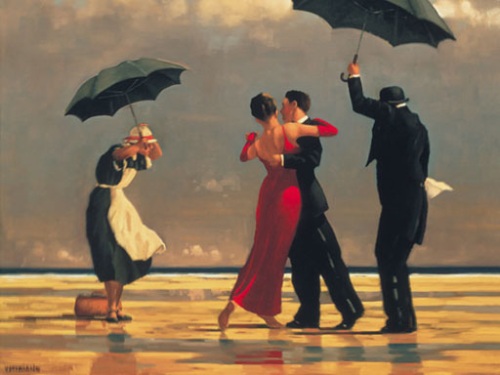
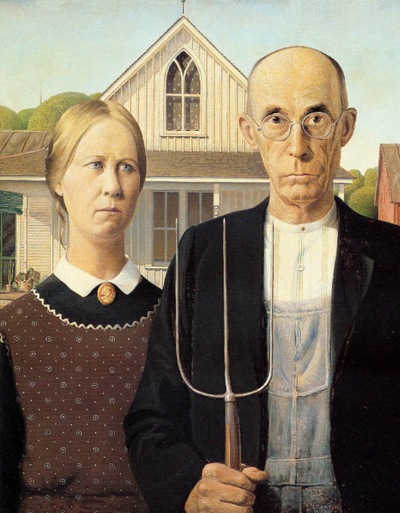

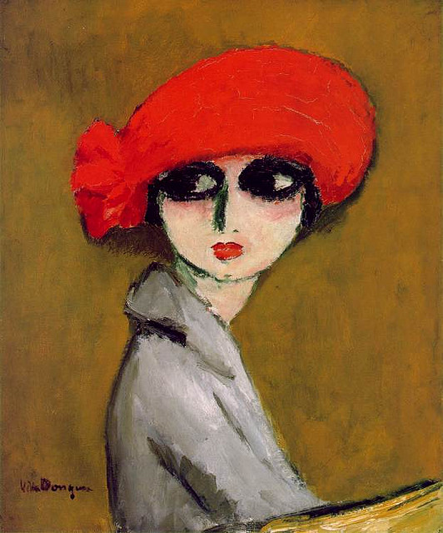

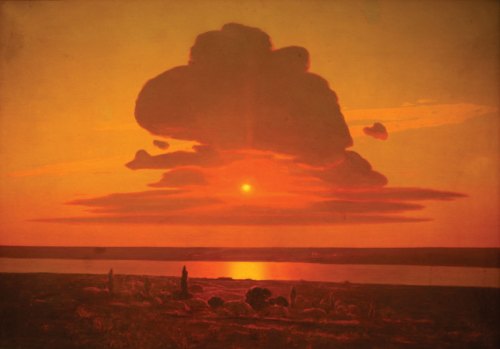


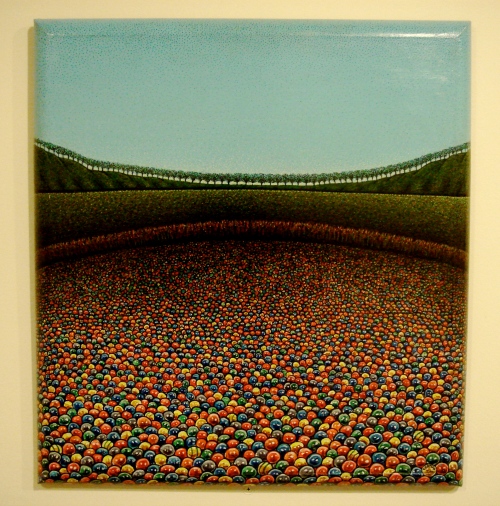


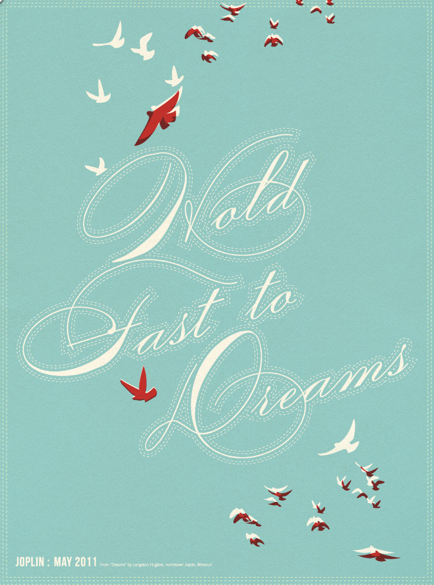

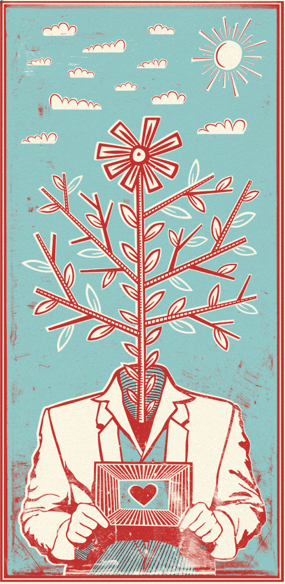


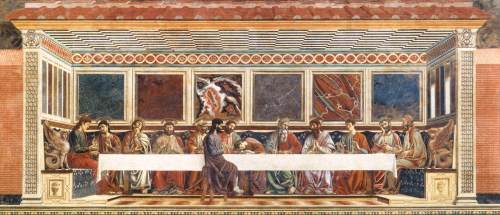




 Notice the Balantine Ale in Wagoner’s work; here, Jasper John’s Painted Bronze (1960)
Notice the Balantine Ale in Wagoner’s work; here, Jasper John’s Painted Bronze (1960) Part of Claes Oldenburg’s The Store (1961)
Part of Claes Oldenburg’s The Store (1961)
 Johns’ other Painted Bronze piece (left)
Johns’ other Painted Bronze piece (left)



